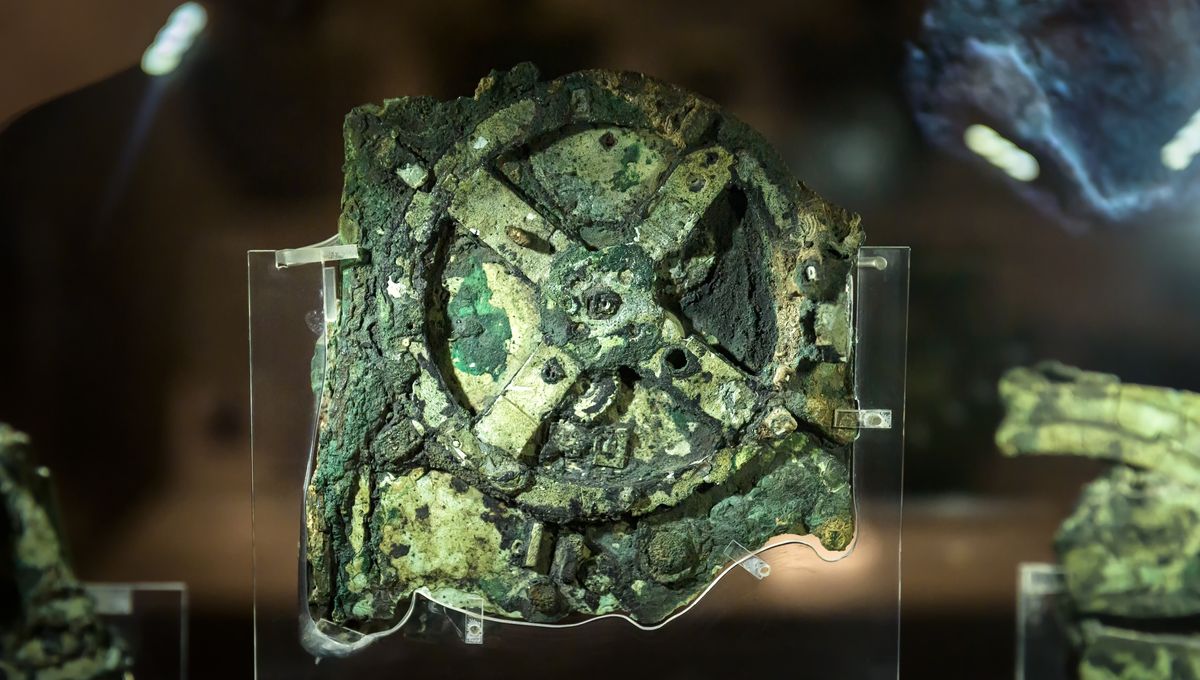
The Antikythera mechanism has fascinated people for over 120 years and research in recent years has brought more insight into this incredible device. The fragments that remain have revealed that it was likely used to calculate celestial events such as eclipses and the positions of the planets. Astronomers from the University of Glasgow have added to the evidence of its links to the Moon, with some statistical techniques commonly used in gravitational wave research.
The pair, Professor Graham Woan and Dr Joseph Bayley, independently employed different techniques following some exciting X-ray analysis of the object some years back. There is some uncertainty about the number of holes in one of the rings, which is believed to be a calendar. Only a portion of the ring survives and since the mechanism spent 2,000 years underwater, it is not easy to be certain.
Based on the data from the X-ray analysis, Woan and Bayley employed Bayesian statistics to work out the number of holes in the rings. They found that 354 or 355 holes was the most probable number. Lunar calendars tend to have 354 days. From the analysis, this value is 100 times more likely than 360 holes, like in the Egyptian solar calendar, making a 365-hole ring (like a true solar year) extremely improbable.
“Towards the end of last year, a colleague pointed to me to data acquired by YouTuber Chris Budiselic, who was looking to make a replica of the calendar ring and was investigating ways to determine just how many holes it contained,” Professor Woan said in a statement. “It struck me as an interesting problem, and one that I thought I might be able to solve in a different way during the Christmas holidays, so I set about using some statistical techniques to answer the question.”
The techniques in question were the Markov Chain Monte Carlo and nested sampling methods, commonly used to work out the probability of one result based on incomplete data. These methods suggest that the full ring had a radius of 77.1 millimeters with either 354 or 355 holes, each 0.028 millimeters apart.
“Previous studies had suggested that the calendar ring was likely to have tracked the lunar calendar, but the dual techniques we’ve applied in this piece of work greatly increase the likelihood that this was the case,” Dr Bayley explained. “It’s given me a new appreciation for the Antikythera mechanism and the work and care that Greek craftspeople put into making it – the precision of the holes’ positioning would have required highly accurate measurement techniques and an incredibly steady hand to punch them.
The study is published in The Horological Journal.
Source Link: Gravitational Wave Research Helps Demystify Ancient Antikythera Mechanism